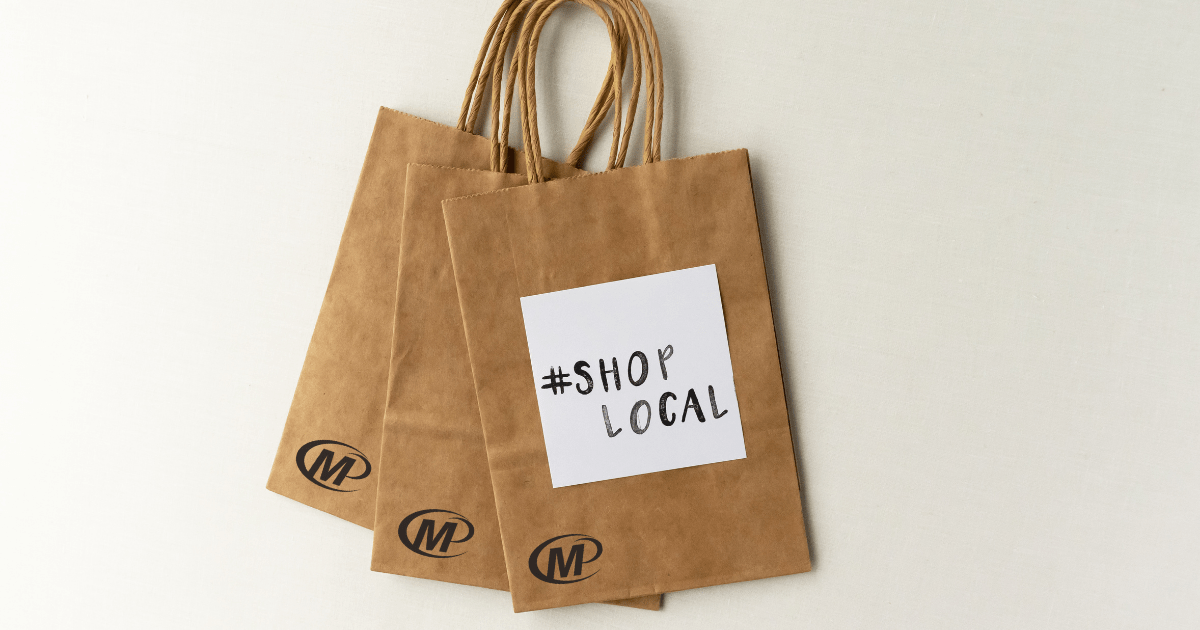
Now more than ever, we’ve learned the importance of supporting the local businesses in our community. Whether you’re buying, eating, or partnering up with a local business, there are multiple benefits that come from supporting local companies. We’ve listed a few:
1. You’re Strengthening Your Local Economy.
Think about it this way – Every dollar you spend at an independent business will go back to your community.
According to Civic Economics, for every dollar you spend at an independent business, 3 times more money is returned into the local economy, compared to that spent at a larger chain (50 times more compared to an online retailer).
Small businesses often give back to the community in other ways: donating, buying or financially backing other independent groups. When small businesses are strong, the community and local economy are strengthened as well.
2. Create more jobs.
Not only is your local economy strengthened when you shop locally, but you can also help create more jobs. These jobs could go to your friends, family or neighbors—people who would probably experience much more competition at a large chain store. Or, these jobs could go to you, just from doing your part to support the community.
3. Reduce environmental impact.
Locally owned businesses often make more local purchases for their products, requiring less transportation and outsourcing. They typically consume less land, locate closer to residents and create less traffic and air pollution. All of this leads to less congestion, less habitat loss and less negative impact on the environment. While this may not impact you immediately, it can impact your children and grandchildren in the future.
4. Lower your taxes.
Everyone loves lower taxes, and supporting your local businesses can help do just that. Small businesses use land efficiently and have central locations which puts less demand on roads, sewers and safety services. Even more, independent businesses often generate more tax revenue per sales dollar. This means a greater percentage of local businesses helps to keep your taxes lower, as compared to mega stores.
5. Improve your family’s health.
When it comes to buying produce, and choosing places to eat, local food distributors and restaurants are often the healthier choice for yourself and your family. According to GrubMarket, buying local food has numerous health benefits—opening you up to the world of organic fruits and vegetables, grass-fed meats, fresh eggs and dairy provided by grass-fed cows. This means you and your family can enjoy a tasty meal, while supporting the local community and choosing the healthiest option.
Post Press
When it comes to choosing local businesses, helping the community means helping you, too. Whether it’s aiding the economy now or building a better world for future generations, small businesses are here for you. But first, they need a little support from you.
Minuteman Press Calgary Shepard is constantly striving to support local brands by creating strategic marketing partnerships that will impact their businesses positively. To learn more, contact us today.

